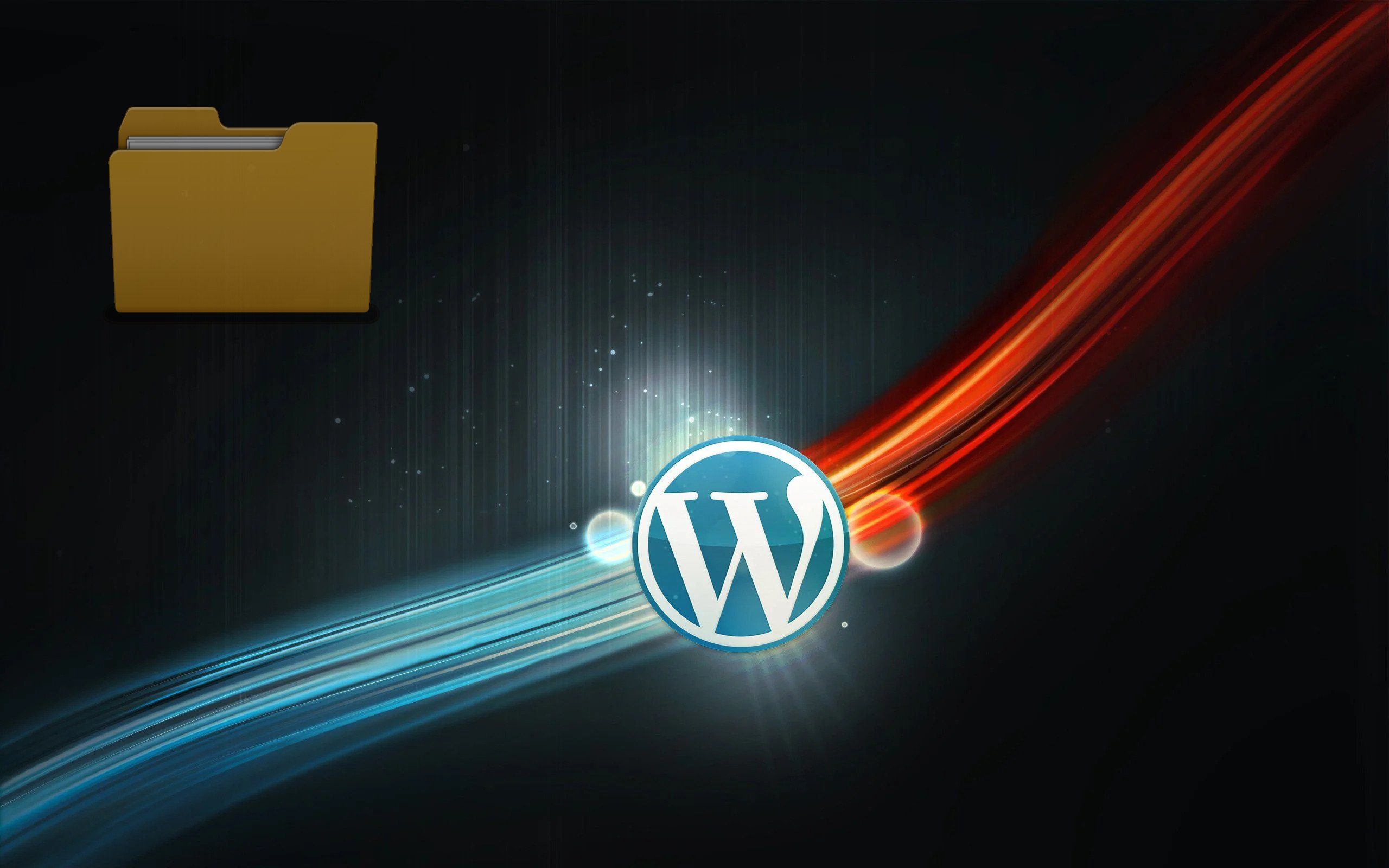
The File Manager Plugin Vulnerability: Ensuring WordPress Website Security
In recent times, a significant security incident sent shockwaves through the WordPress community. The popular File Manager plugin, widely used for file management in WordPress websites, fell victim to a critical vulnerability that exposed countless websites to potential attacks. This blog post aims to shed light on the File Manager plugin incident and emphasize the importance of prioritizing website security by avoiding vulnerable plugins and adopting safer alternatives like FTP or SSH for file management.
Understanding the File Manager Plugin Vulnerability
A Breach in Website Security
The File Manager plugin vulnerability, discovered in September 2020, opened the door for hackers to exploit websites using the plugin. By taking advantage of the vulnerability, attackers could execute malicious code and gain unauthorized access to affected websites. This posed a severe threat to the integrity and security of WordPress websites globally.
The Risk of Using Vulnerable Plugins
Lessons Learned and Security Considerations
The File Manager incident serves as a stern reminder of the risks associated with using vulnerable plugins. While plugins offer valuable functionalities to enhance the capabilities of WordPress websites, it is essential to prioritize security and choose reputable, well-maintained plugins. Plugins with security vulnerabilities can become attractive targets for hackers, putting websites at risk.
Alternatives to File Manager: FTP and SSH
Embracing Secure File Management Practices
To mitigate the risks associated with vulnerable plugins, it is advisable to explore alternative methods for file management in WordPress. Two widely used and secure options are FTP (File Transfer Protocol) and SSH (Secure Shell).
- FTP (File Transfer Protocol): FTP enables secure file transfers between a local computer and a remote server. By using FTP clients, website owners can upload, download, and manage files without relying on potentially vulnerable plugins. FTP connections can be secured through encryption protocols like FTPS (FTP Secure) or SFTP (SSH File Transfer Protocol).
- SSH (Secure Shell): SSH provides a secure, encrypted channel for remote server access and file management. With SSH, website owners can execute commands, transfer files, and perform various administrative tasks securely. SSH connections require private and public key pairs, adding an extra layer of authentication and security.
Best Practices for WordPress Website Security
Safeguarding Your Website
- Regular Plugin Updates: Stay vigilant and keep all plugins, themes, and the WordPress core up to date. Developers often release updates containing security patches and bug fixes that address vulnerabilities.
- Research and Review: Before installing any plugin, conduct thorough research. Check the plugin’s reputation, user reviews, and update frequency. Choose plugins from trusted sources and developers with a history of proactive security measures.
- Limit Plugin Usage: Minimize the number of plugins installed on your website. Each additional plugin introduces potential vulnerabilities, so evaluate whether a plugin is necessary and regularly review your plugin list to remove unused or outdated ones.
- Implement a Security Plugin: Consider using a reputable security plugin that provides features such as malware scanning, firewall protection, and login security. These plugins can help detect and prevent security threats before they harm your website.
The File Manager plugin incident serves as a powerful reminder of the importance of prioritizing website security in the WordPress ecosystem. By being cautious with plugin selection, keeping plugins and themes up to date, and adopting secure alternatives like FTP or SSH for file management, website owners can minimize the risk of falling victim to vulnerabilities and potential attacks. Remember, proactive security measures are crucial in maintaining the integrity and safety of your WordPress website.
